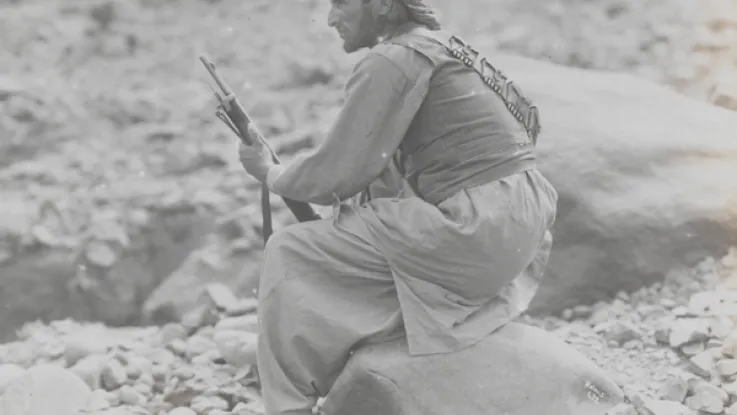The Third Afghan War of 1919

Dr Alastair Massie will discuss the Third Afghan War of 1919, one of history’s shortest conflicts.
Although starting with an Afghan invasion of British India on 3 May 1919 and ending just a month later, with official hostilities lasting only a matter of weeks, the war still featured sharp fighting on three main fronts spread over a 500-mile frontier.
On the British side, new weapons such as light machine guns and hand-grenades made their first appearance on the North West Frontier. Armoured cars saw combat alongside horsed cavalry. Motor lorries and camels were equally essential in carrying supplies. And aeroplanes raided the Afghan capital, Kabul, in an early demonstration of strategic bombing.
But the war also saw the mass desertion of the tribal militias intended by Britain to police the frontier, and even a sit-down strike by disgruntled territorial soldiers, eager to return home to the United Kingdom after spending the duration of the First World War in India.
For the Afghans, although defeated in all the major engagements, the war delivered results. The British renounced their claim to control Afghanistan’s foreign policy, enabling the country to achieve full independence.


